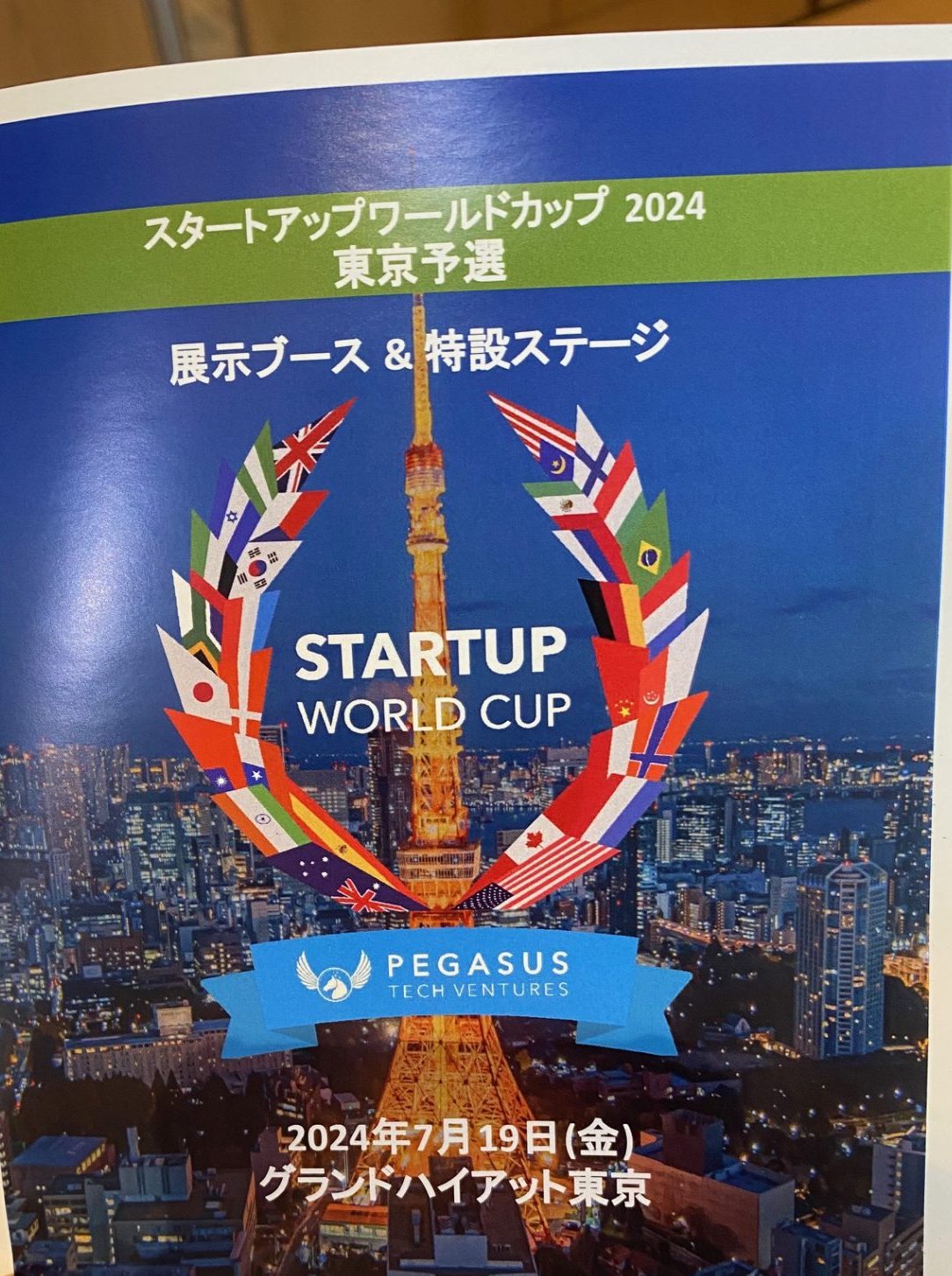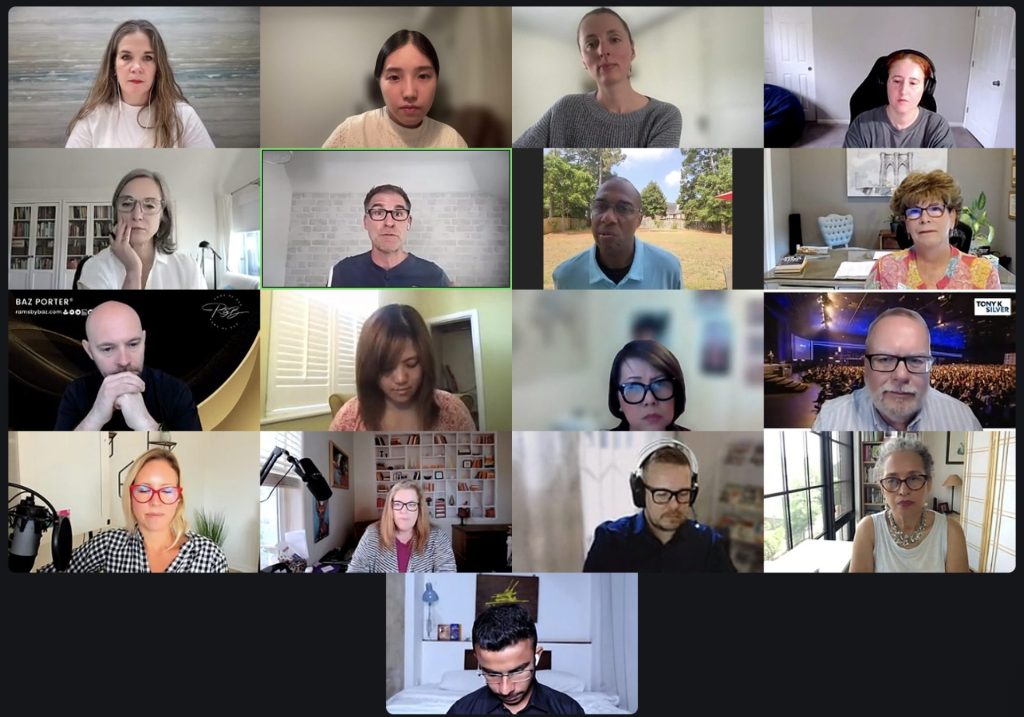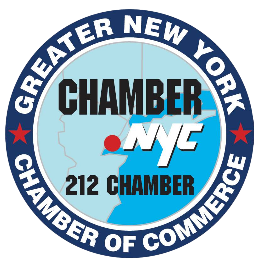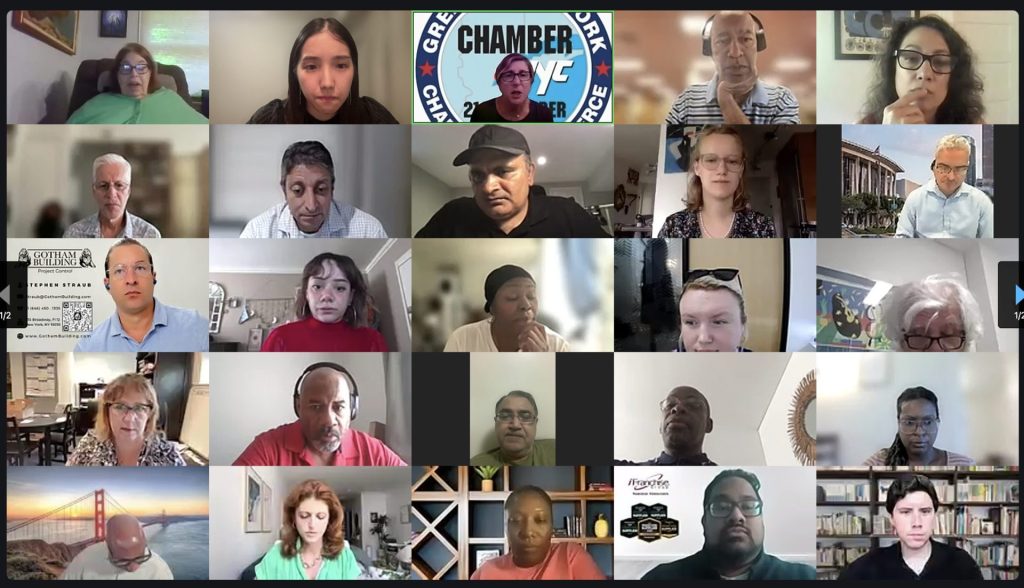To establish efficient sales ways
Establishing efficient sales strategies for your corporation involves several key steps. First, define clear sales goals using the SMART criteria (Specific, Measurable, Achievable, Relevant, Time-bound). Understand your Ideal Customer Profile (ICP) by researching and identifying the characteristics of your best customers. Streamline your sales processes by optimizing your sales funnel and using automation tools like CRM systems to manage leads and track interactions. Invest in continuous sales training and coaching to keep your team updated on the latest techniques. Align your sales and marketing teams to create a unified strategy, ensuring they share insights and coordinate campaigns. Leverage data and analytics to make informed decisions and monitor key performance indicators (KPIs) such as conversion rates and customer acquisition costs. Focus on building strong customer relationships through value-based selling and regular feedback collection. Optimize resource allocation by prioritizing high-value leads and budgeting effectively. Utilize technology, including CRM systems and sales enablement tools, to enhance your sales efforts. Finally, commit to continuous improvement by regularly reviewing and adapting your strategies based on new insights and market changes. By following these steps, you can create a more efficient and effective sales process that drives growth and improves customer satisfaction.
Outbound Sales Ways
Outbound sales involve proactively reaching out to potential customers through methods like cold calling and email campaigns, while inbound sales rely on attracting customers who initiate contact through marketing efforts like content creation and SEO. Outbound sales target prospects who may not be familiar with the company, whereas inbound sales engage with prospects already interested in the company’s offerings. Both strategies can be effective, often used together to maximize reach and sales potential.
Email Outreach
- Subject Lines: Craft compelling subject lines that grab attention and encourage the recipient to open the email.
- Personalization: Personalize the email content to address the recipient’s specific needs and interests.
- Follow-Up Sequences: Develop a series of follow-up emails to nurture leads who don’t respond to the initial outreach.
In SASAL, INC, there are DM services. SASAL, INC is doing DM through LinkedIn. If the client asks us to operate e-mail outreach, we are able to do it instead of your corporation. When you would like to contract cold sales of SASAL, INC, you need to make a contract counselor service.
Social Selling
- Building a Presence: Establish a strong presence on social media platforms relevant to your industry.
- Engagement: Engage with potential customers by commenting on their posts, sharing valuable content, and participating in discussions.
- Content Sharing: Share content that showcases your expertise and provides value to your audience.
In the case of SASAL, INC, we operate on LinkedIn.
Networking Events
- Preparation: Research the event and the attendees to identify potential prospects and prepare your pitch.
- Elevator Pitch: Develop a concise and compelling elevator pitch that clearly communicates your value proposition.
- Follow-Up: After the event, follow up with the contacts you made to continue the conversation and build relationships.
In the case of SASAL, INC, we hold the SASAL Conference every month. This is free when you join online. Please feel free to ask everything.
Referral Programs
- Incentives: Create a referral program that incentivizes your existing customers to refer new prospects.
- Communication: Clearly communicate the benefits of the referral program to your customers and make it easy for them to participate.
- Tracking: Use tools to track referrals and measure the success of your program.
Webinars and Online Workshops
- Content: Develop informative and engaging content that addresses the pain points of your target audience.
- Promotion: Promote your webinars through various channels, including email, social media, and your website.
- Engagement: Engage with attendees during the webinar through Q&A sessions and interactive polls.
Lead Scoring
- Criteria: Define criteria for scoring leads based on their behavior and engagement with your brand.
- Automation: Use automation tools to score leads and prioritize follow-up efforts.
- Nurturing: Develop nurturing campaigns for leads that are not yet ready to convert.
Inbound Sales Ways
Content marketing
- Blogs: attract prospects by providing useful information and industry trends.
- White papers: gain prospects’ trust by providing in-depth guides and research findings.
Search Engine Optimization(SEO)
- Optimize the content of your website or blog for search engines and ensure it ranks highly for the keywords your prospects search for.
Social networking (social media)
- Disseminate information and actively communicate with your followers on platforms such as Facebook, Twitter and LinkedIn.
Webinars (online seminars)
- Provide expert knowledge and product demonstrations online and create opportunities to interact directly with prospective customers.
Email marketing
- Provide prospects with regular, useful information to keep them engaged.
SASAL Sales Way
This is customer flow, as an outbound sales sasal focuses on the LinkedIn communication. Based on the demand for the new connection, SASAL recommends those services. Every day, SASAL posts on LinkedIn, and by watching them, the followers can learn about profitable services. We aren’t doing Direct Mail or cold Calls for the visitors because they might be interested in us at first.



















